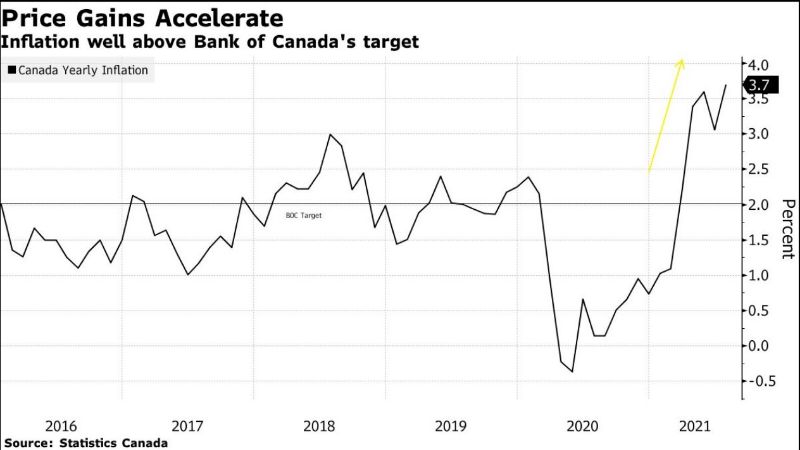We all have to work and make active income, that is, income for which services have been performed. This includes wages, tips, salaries, commissions, etc. However, active income alone often won’t let you get ahead living in one of the most expensive places to live in the world.
Passive income, on the other hand, is income received on a regular basis, with little effort required to maintain it. It’s no wonder the term “passive income” gets three million Google searches each month. One way to transition from active to passive income is through real estate investing.
Source: Canada Money Supply M0 (1955-2018) from Statistics Canada
If we look at a long-term chart of the Canadian money supply from 1955 to 2018, you can see a pattern. As the Central Bank creates more money, the value of the Canadian dollar or the Canadian’s purchasing power continues to decline. That’s what we see as inflation. We see the value of goods and services increase, as well as the cost of real estate.

Source: Teranet-National Bank, Growth of Canadian House Prices, Statistics Canada
As seen in a chart from Statistics Canada, the orange line represents a Vancouver house price. The blue line represents the median after-tax income. You can clearly see, the gap between to two are continuously widening.

Source: Census 2001 and 2016, Statistics Canada and MLS Home Price Index 2001 and 2017
The blue line in the graph above represents Vancouver’s median income between 2001 and 2017. Between the same period, an Eastside single-detached price went up by 365% in value.
It’s important to understand that you must hedge your money against inflation and real estate investing is an excellent inflation hedge. Contact us to see if real estate investing is right for you. We would be more than happy to crunch the numbers for you.



